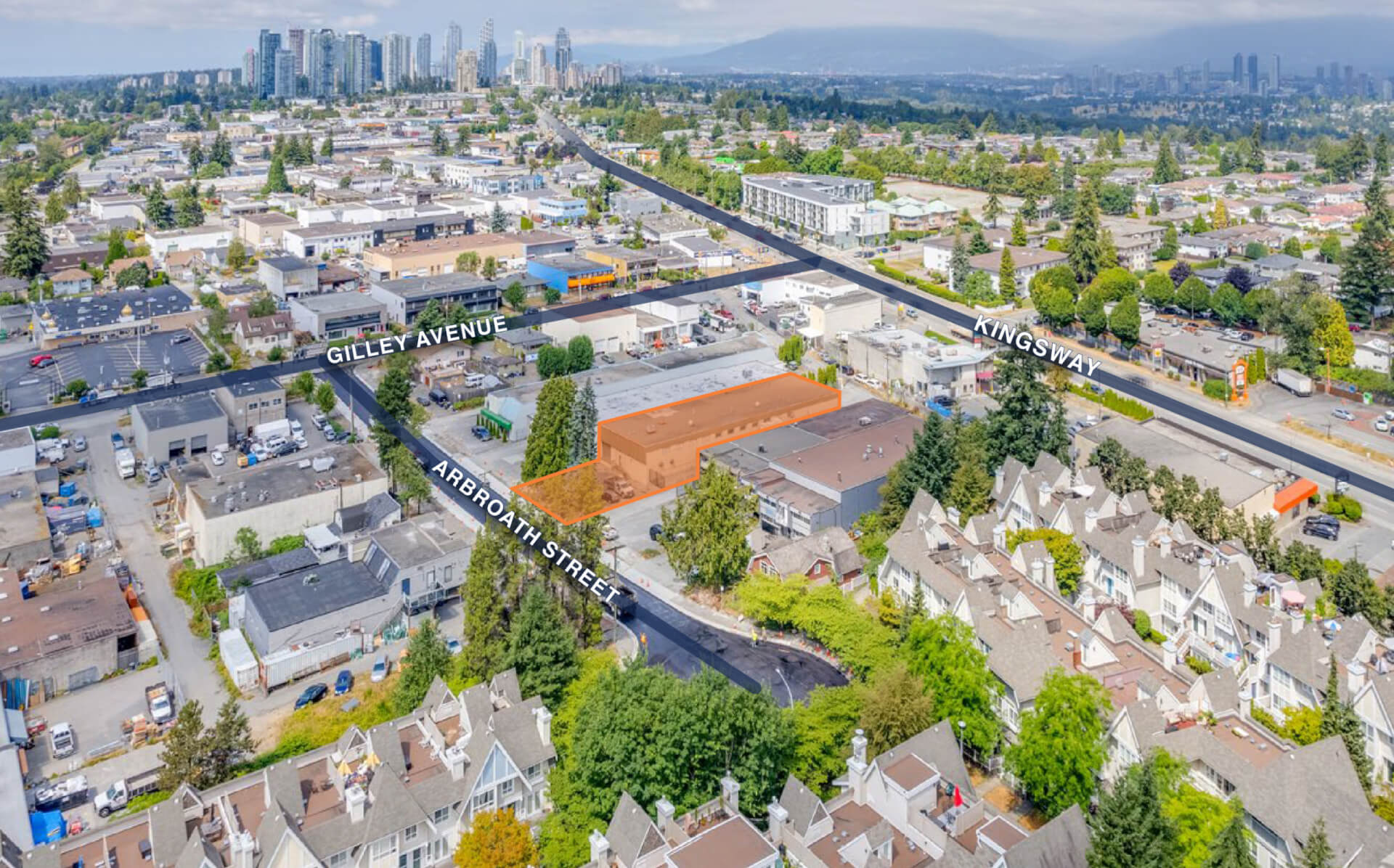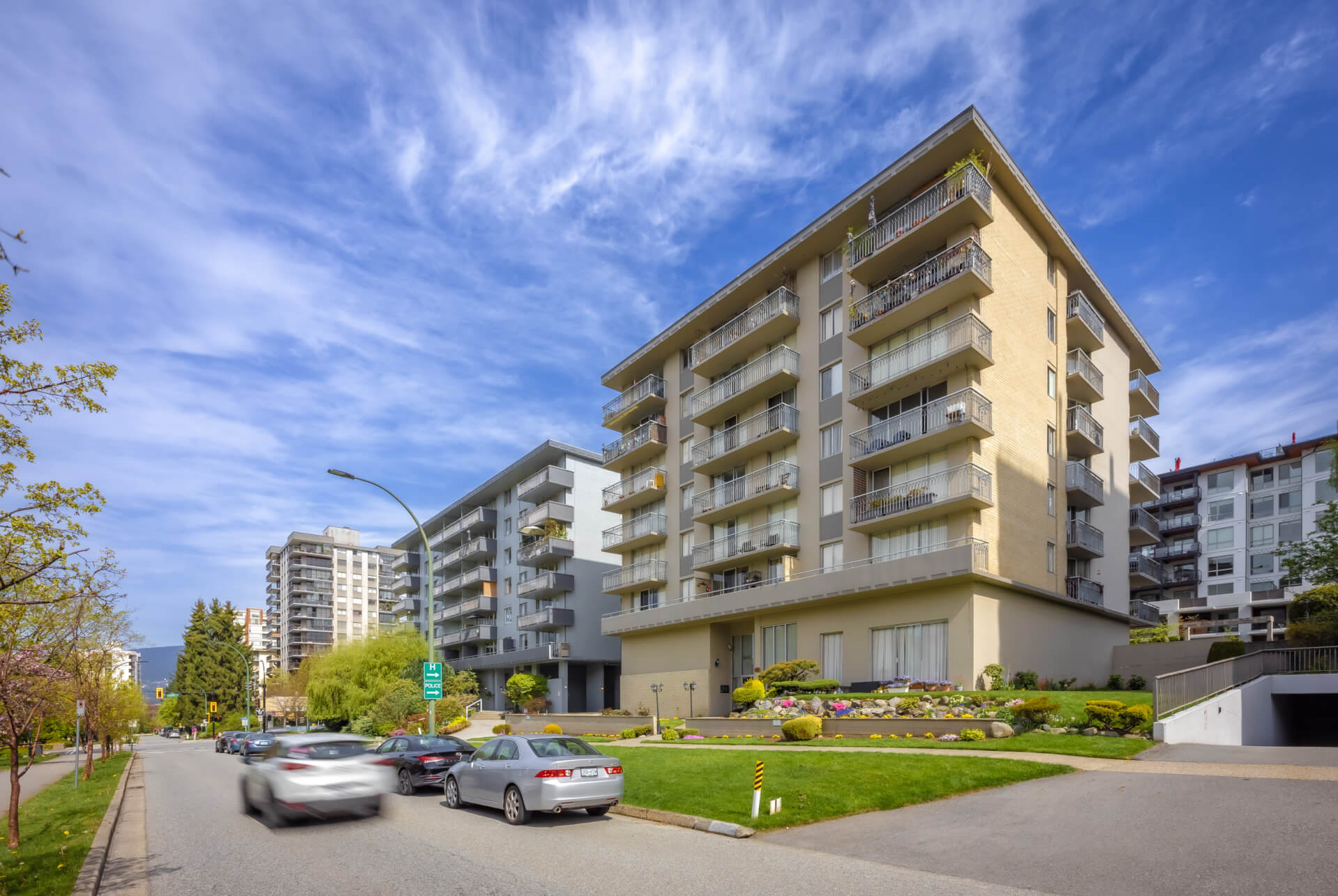Following the release of Q2 statistics, an article on the REMI Network examines the Canadian and U.S. retail landscape as shoppers resume pre-pandemic routines.
Looking at how Vancouver and Toronto compare to a much larger field in the United States, the two Canadian markets stand out with the lowest retail vacancy rates and lowest and third-lowest cap rates among the 53 North American urban regions examined in Lee & Associates’ Q2 commercial real estate report. It cites Vancouver’s retail vacancy rate at 1.2 per cent and Toronto’s at 1.7 per cent, while Seattle, Boston and Raleigh, North Carolina, round out the five tightest markets, all with a 2.7 per cent vacancy rate.
Of those five, Toronto boasts the largest retail inventory at more than 300.5 million square feet, while Vancouver’s complement is about 58 per smaller at 124.6 million square feet. Nevertheless, Canada’s largest city is modestly stocked with retail space compared to the five most expansive markets, ranging from nearly 622 million square feet in New York City to 425.5 million square feet in Houston.
Vancouver’s cap rate is pegged at 4.1 per cent, followed by San Francisco at 4.5 per cent and then Toronto at 4.6 per cent. Orange County, California, and Los Angeles are ranked fourth and fifth, with respective cap rates of 5.1 and 5.3 per cent.
There is currently about 1.3 million square feet of new retail space under construction in Toronto and about 982,000 square feet in Vancouver. That’s well back of the pace in the five most active U.S. markets, ranging from 4.4 million square feet in progress in Houston to 2.3 million square feet underway in Washington, DC.
Both Toronto and Vancouver post property-wide average retail asking rents that surpass the U.S. index average of USD $23.28 (CAD $29.80) psf. In Toronto, a Q2 average asking rent of CAD $32.66 (USD $25.48) psf in Q2 continues a consistent uptick in the five quarters since Q2 2021, when average asking rent was at CAD $31.55 (USD $24.61) psf. Vancouver’s average asking rent was down slightly in Q2 — at CAD $34.13 (USD $26.62) psf compared to CAD $34.25 (USD $26.71) psf in the previous quarter — but is up more significantly from a Q2 2021 average of CAD $32.54 (USD $25.38) psf.
“Momentum has continued to build over the last few months, mostly in centres anchored by grocery, pharmacies, banks etc. — everyday essentials that have proved to be resilient,” reports Nicole Moniz, a Lee & Associates vice president based in Toronto.
“Consumers are still showing a willingness to spend,” says Macyn Scholz, Lee & Associates’ Director of Research in Vancouver. “This can be attributed to pent-up demand from pandemic restrictions, as well as increased foot traffic in downtown areas due to the return to office.”






